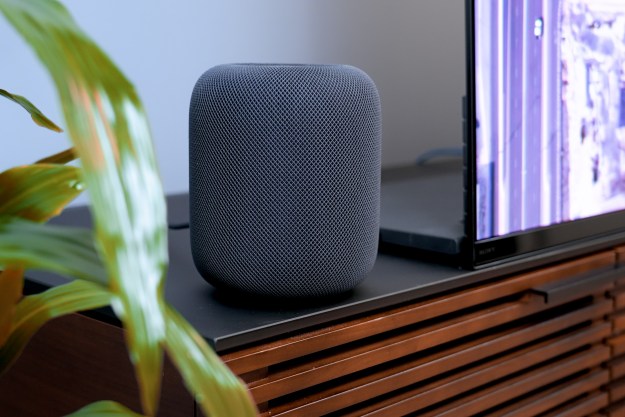When was the last time you skipped a doctor’s appointment? According to reports, it happens more often than you might think — and costs the U.S. economy more than $150 billion per year. This expense is considered part of the cost of doing business and is factored into overall health care costs for the nation. MediSprout, a health communications startup, has partnered with Amazon to launch a platform for scheduling appointments, and Amazon’s Alexa smart assistant has been configured to work with V2MD, a video-conferencing platform.
Alexa syncs with V2MD’s interface to provide patients with a doctor’s available days and times. Patients then choose which day best fits their schedule. Once a patient has chosen a day, Alexa automatically adds it to both the patient’s and the doctor’s calendar. This new, easy-to-use scheduling system is designed to save patients time in the office and reduce the risk of a no-show appoint due to last-minute schedule changes.
The V2MD system is also designed to make it easier to schedule follow up appointments and prescription refills, as well as give patients a way to ask general health questions directly to their doctor. No one enjoys bothering a busy receptionist, or being put on hold while other calls come in. Now you can ask Alexa when your doctor is available and make an appointment that way. Through
While the system is mostly untested, related applications have proven successful. The V2MD interface also links with a blood pressure monitored produced by Withings. Patients volunteered to share their blood pressure readings with their physicians through the connected monitor, and control rates increased from 38.6 percent to 70 percent because doctors were better able to monitor changes and advise adjusted treatments.
No-show rates are higher at specialty clinics than general practitioner’s offices, but if the V2MD-Alexa partnership proves successful, those rates may fall. With any luck, the system might make a dent in the rising cost of health care across the country. The continued growth of creative, useful applications of smart assistants shows the value of smart home technology. As time passes, these devices may add more and more convenience to our day-to-day lives.
Editors' Recommendations
- What to do if your Amazon Alexa app is not working
- The 6 best Echo Hub tips and tricks
- What is Home Depot’s Hubspace?
- The best smart home devices for 2023
- Alexa adds new features to help with your holiday shopping




